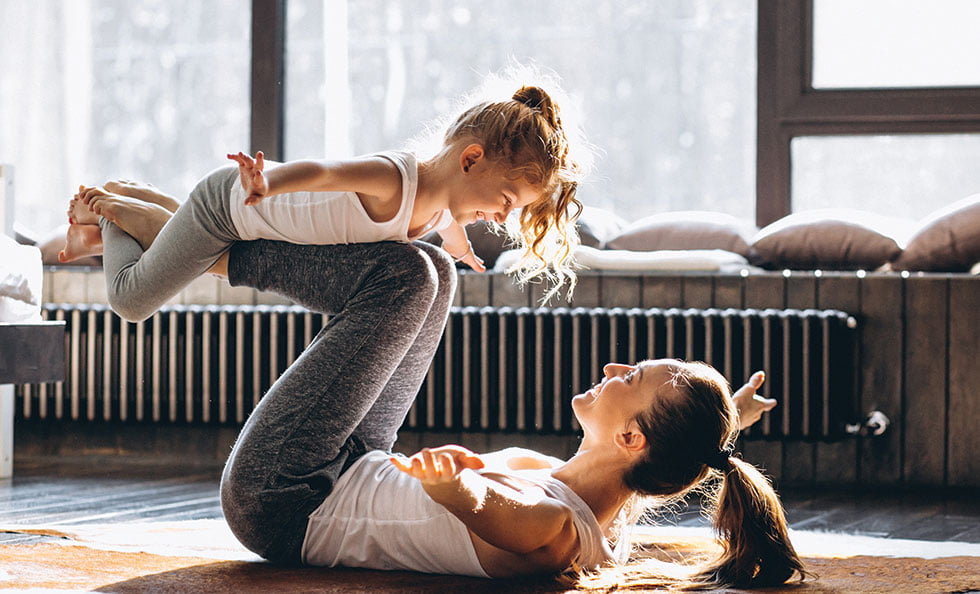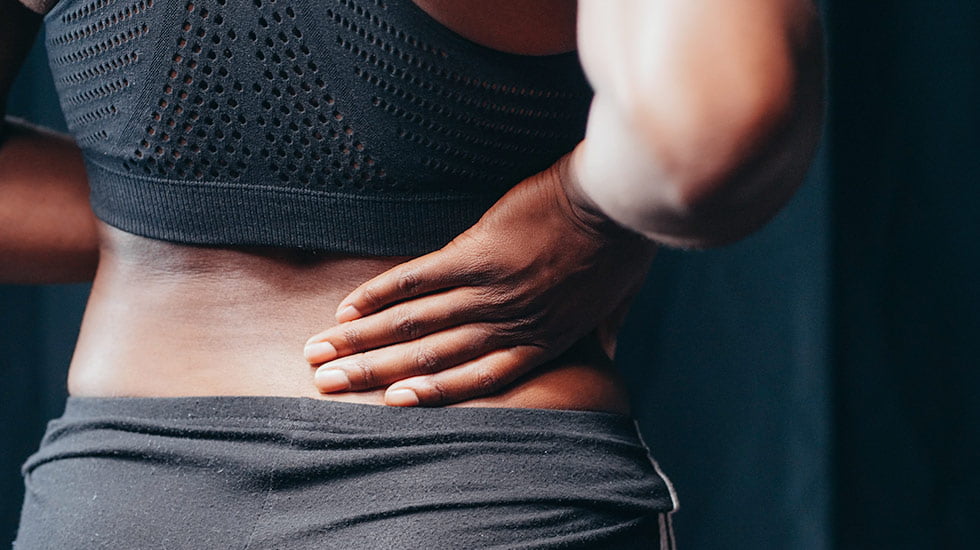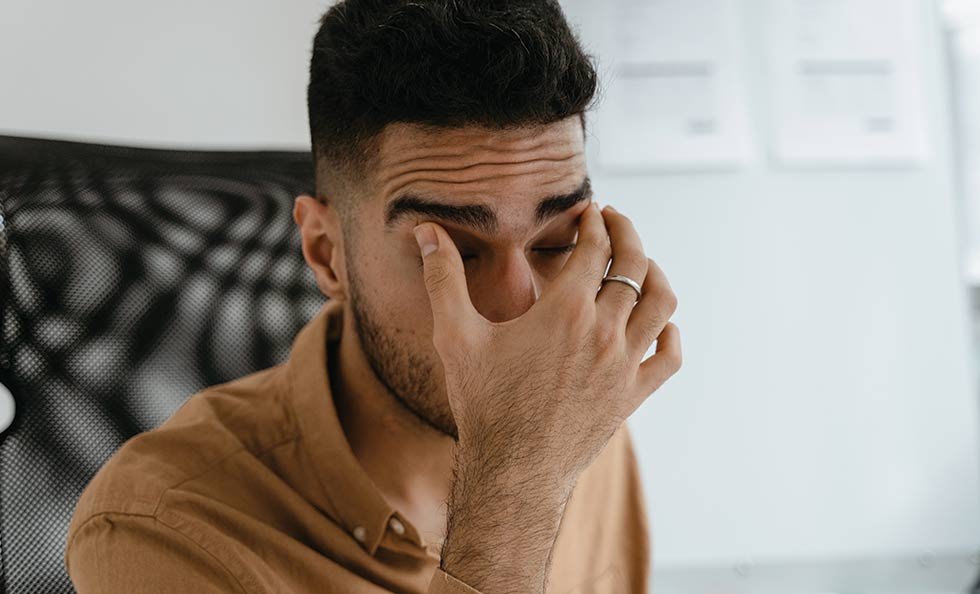Authors of practical kinesiology believe that one of the causes of dyslexia and dysgraphia is the so-called “coordination failure” in learning, which can be eliminated by mastering specific motor exercises.
Correction of learning problems in preschool and younger school age
Research by scientists at the Institute of Physiology of Children and Adolescents of the APN has confirmed the connection between speech and finger motor skills.
The level of children’s speech development is in direct correlation with the degree of development of fine hand movements.
The formation of a child’s verbal speech begins when the movements of the fingers reach sufficient accuracy. The development of finger motor skills prepares the ground for the subsequent formation of speech.
Since there is a close relationship and interdependence of speech and motor activity, if a child has a speech defect, special attention should be paid to training his or her fingers. Imperfect fine motor coordination of hands and fingers makes it difficult to master writing and a number of other learning and working skills.
Authors of practical kinesiology believe that one of the causes of dyslexia and dysgraphia is the so-called “coordination inability” to learn which can be eliminated by mastering specific motor exercises. Due to improvements in the integrative function of the brain, many children show significant progress in their ability to learn as well as control their emotions.
Modern kinesiologists see the cause of learning disabilities in the inability of the right and left hemispheres to integrate (the analytic brain constantly blocks the imaginative brain in its ability to see integratively).
Children with specific writing and reading disorders are characterized by the pronounced uneven development of individual sensorimotor and intellectual functions. Difficulties in teaching such children arise due to the immaturity of certain functions, disharmony of brain maturation, and violation of interhemispheric interaction.
Kinesiology exercises improve attention and memory and form spatial representations. Exercises are aimed at overcoming pathological synkinesis, eliminating disadaptation in the learning process, and harmonizing the work of the brain.
The psychologist should do all exercises together with children, gradually increasing in time and complexity from session to session.
COMPLEX NO. 1
- Tap on the table with the relaxed right hand and then with the left hand.
- Turn your right hand to the edge, bend your fingers into a fist, straighten, and put your hand on the palm. Do the same with your left hand.
- “Call.” Resting your palms on the table, half-bend your hands at the elbows. Shake your hands one at a time.
- “House.” Bring together the end phalanges of the straightened fingers of the hands. With the fingers of the right-hand press forcefully on the fingers of the left hand, then vice versa. Practice these movements for each pair of fingers separately.
- Tap each finger of the right hand on the table at the count of 1, 1-2, 1-2-3, etc.
- Lock the forearm of your right hand on the table. With your index and middle fingers, take a pencil from the table, and raise and lower it. Do the same with your left hand.
- Roll out a small lump of plasticine on the board one at a time with the fingers of your right hand, then your left.
- Rotate the pencil first between the fingers of your right hand and then your left (between your thumb and index finger; index finger and middle finger; middle finger and ring finger; the ring finger and little finger; then backward).
- Fix your forearm on the table. With the fingers of your right hand, take the matches from the box on the table and stack them side by side without moving your hand. Then place them back in the box. Do the same with your left hand.
COMPLEX #2.
- Sit on the floor “Turkish style,” placing your hands on your diaphragm. As you raise your hands up, breath in, and as you lower your hands, exhale.
- “Snowman.” Standing. Imagine that you are a freshly made snowman. Your body should be as tense as the frozen snow. Spring has come, the sun has warmed up, and the snowman has begun to melt. First the head “melts” and hangs, then the shoulders drop, the arms relax, etc. At the end of the exercise, fall gently to the floor and lie like a puddle of water.
- Sitting down, bend your arms at the elbows, squeeze and unclench your hands, gradually speeding up the pace. Do this until your wrists are as tired as possible. Then relax your hands and shake.
- Free eye movements from side to side, rotations.
- “Mimics.” Perform various mimic movements: inflate the cheeks, extend the tongue, stretch the lips into a tube, and mouth wide open.
- Stroking the face: Put your palms to the forehead, exhale and gently press them down to the chin. As you inhale run your hands from the forehead to the back of the head, from the back of the head to the neck.
- Stretch your arms out in front of you, bending your hands up and down. Then rotate both hands clockwise and counterclockwise (first unidirectional, then multidirectional), and bring the fingers of both hands together and apart. Try to open and close your mouth at the same time with your hand movements.
- Slowly tilt your head toward your shoulders and “nod” back and forth. Then make circular movements of your head to one side and then to the other.
- Make circular back-and-forth movements and shrugs with your shoulders.
- Take a ball or toy in your hands. On the presenter’s command, lift it up, to the right, to the left, and down.
COMPLEX #3
- Holding your breath. Take a deep breath and hold your breath for as long as possible. You can introduce an element of competition in the group.
- “Tree.” Squatting. Hide your head in your knees, with your hands around your knees. This is a seed that gradually sprouts and turns into a tree. Slowly rise to your feet, then straighten your torso, and stretch your arms up. Tense your body and pull it up. The wind is blowing: rock your body, imitating a tree.
- “Inside-Outside.” Lying on your back. Close your eyes, and listen to the sounds around you (traffic noise outside the window, the breathing of others, etc.). Shift your attention to your body and listen to it (your own breathing, heartbeat, sense of body posture, etc.). Shift your attention to external noises and internal sensations several times.
- Follow the outline of an imaginary figure (circle, triangle, square) or number with your eyes.
- Make jaw movements in different directions.
- Self-massage of the auricles: squeeze the earlobe with your thumb and index finger, and knead the shell from bottom to top and back. Pull the auricles down, to the side, and up.
- Try rolling nuts or balls first in each palm and then between your fingers.
- Exercise in pairs: stand opposite each other, and touch the palms of your partner’s hands. Make movements similar to a bicycle.
- Standing on all fours, imitate pulling a cat: on an inhale arch your back, raising your head up; on an exhale arch your back, lowering your head.
- Jump forward, backward, to the right, and to the left a certain number of times on the presenter’s command.
COMPLEX #4
- Standing, put your hands down, take a quick breath, bringing your hands to your armpits with your palms up. Then, slowly exhaling, bring your hands down along your body with your palms facing down.
- “Flight.” Standing. Make several strong strokes with your arms, spreading them apart. Close your eyes and imagine that you are flying, waving your wings.
- As you run around the room, wave your arms and shout loudly. On command, stop and relax. Can be done sitting or lying on the floor, waving arms and legs.
- Lying on your back. Move some bright object chaotically at arm’s length in front of your eyes. Follow the object with your eyes without moving your head.
- Practice such movements of the tongue as clicking, clucking, and whistling. Then do the sequence: two clicks, two taps, two whistles, etc.
- With the right hand, massage the left arm from the elbow to the wrist and back. Then from shoulder to elbow and back again. Do the same movement with the other hand.
- Press your palm against the surface of the table. First in order and then chaotically lift your fingers one by one and call them.
Get on all fours and crawl without touching objects on the floor. Put your hands in a crossed position. Combine your tongue movements with the movements of your hands: first, your tongue moves behind your hand and then in the opposite direction. - Sitting on the floor, stretch out your legs in front of you. Move the toes of both feet, slowly bending and straightening them first together, then alternately. Add synchronized movements with your hands.
- “Treasure.” There is a toy or candy hidden in the room. Find it, guided by the presenter’s commands, for example: “Take two steps forward, one to the right, etc.”
COMPLEX #5.
- Breathe only through one nostril (left nostril first, then right).
- “Egg.” Sit on the floor, pull your knees up to your stomach, wrap your arms around them, and hide your head in your knees. Rock from side to side, trying to relax.
- “Boat.” Lie on your back, and stretch out your arms. On command, simultaneously raise your straight legs, arms, and head. Hold the pose as long as possible. Then do this exercise lying on your stomach.
- Joint movement of the eyes and tongue. With the tongue and eyes out of the mouth make joint movements from side to side, rotating them in a circle, following the trajectory of the lying figure eight. First practice unidirectional movements, then multidirectional movements.
- Gymnastics for the tongue: movements in different directions, tongue flexion, tongue clenching and unclenching, curling into a tube.
- Clap your hands several times so that the fingers of both hands are touching. Then clap your fists, oriented with the back of your hand first up and then down.
- Close your eyes. Try to identify a small object that is given to you in your hand (a key, a button, a paper clip, etc.). With your other hand, draw it on the paper (swipe it in the air).
- Lying on the floor, touch your elbow (hand) to your knee, slightly lifting your shoulders and bending your leg. Do unilateral movements first, then cross movements.
- Lying on your back, lift your legs together and write patterns, numbers, and letters in the air.
- Exercise in pairs: face each other. One of the partners performs the movement with his hands or feet, the other should mirror them.
Self-massage of the hands is a type of passive exercise. Massage has a general strengthening effect on the muscular system, and increases muscle tone, elasticity, and contractility.
Under the influence of massage, the performance of tired muscles is restored faster than at complete rest. Systematic massage improves the functions of receptors and conductive pathways and enhances reflex connections of the cerebral cortex with muscles and vessels. Under the influence of massage, impulses arise in receptors of skin and muscles, which after reaching the cerebral cortex have an effect on the central nervous system, thus increasing its regulatory role in relation to all systems and organs.
There are the following techniques of self-massage:
- stroking,
- rubbing,
- kneading,
- squeezing,
- active and passive movements.
The use of hand massagers shows good results.
The complex includes exercises of three types:
- Self-massage of the back of the hands,
- self-massage of the palms,
- Self-massage of the fingers.
- Place the pads of four fingers of the right hand at the base of the fingers of the left hand on the back of the palm. Use dotted-line motions to move the skin back and forth by 1 cm gradually moving towards the wrist joint (“dotted line” motion). Do the same for the other hand.
- Place the hand and forearm of the left hand on the table. Use the palm of your right hand to see in all directions on the back of your left hand (“straight” movement). Do the same for the other hand.
- Place the hand and forearm of the left hand on the table. Massage the back of the palm of your left hand with your right hand. Do the same for the right hand.
- Use the knuckles of your right fist to move up and down the palm of your left hand (“straight-line” movement). Do the same for the right hand.
- Use your fist fingers to make a movement in the palm of the massaged hand. Change hands.
- Self-massage fingers. Place the hand and forearm of the left hand on the table. With bent index and middle fingers on the right hand make grasping motions on the fingers of the left hand (“straight” motion). Do the same for the right hand.
- The motions are like rubbing frozen hands. Place the right thumb pad on the back of the massaged phalanx of the left-hand finger. The other four fingers of the right-hand cover and support the finger from below. Massage in a “spiral” motion. Do the same for the right hand.
*These articles are for informational and educational purposes only and are not intended as a substitute for professional medical advice, diagnosis or treatment. Always consult your physician for any questions you may have about your medical condition.






Thanks for another great post.